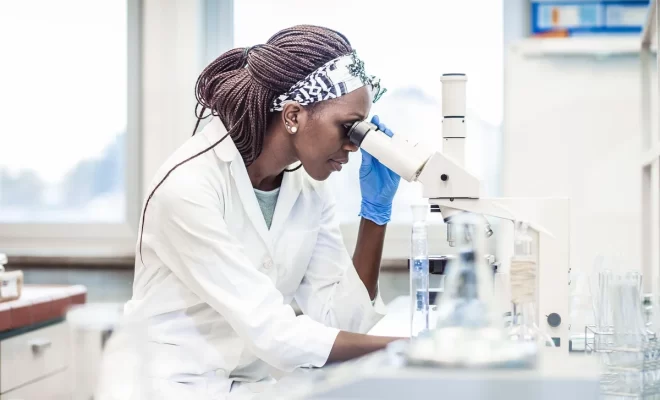What To Do After You Find A Lump In Your Breast, And More: The Breast Cancer Map
Breast cancer is one of the most common cancers in women, and it’s also one of the most treatable. The American Cancer Society estimates that there will be 252,710 new cases of breast cancer and 40,610 deaths from breast cancer in 2019. Fortunately, there are many treatment options available for patients with breast cancer.
Breast Cancer Treatment in the Philippines
The Philippines is a great place to get breast cancer treatment. The country has one of the highest survival rates for breast cancer in the world, so your chances of beating this disease are high. The low cost of living in the Philippines makes it possible for you to live comfortably without breaking the bank. Many doctors in the Philippines speak English, and if yours doesn’t, there will be someone at your hospital who can translate for you or help you speak with your doctor directly using an online translator service like Google Translate.
Breast Biopsy Cost
- What is a breast biopsy?
A breast biopsy is a procedure that involves removing tissue samples from the breast to diagnose and treat cancer. During this test, your doctor will insert a needle into each side of your breast and remove small pieces of suspicious tissue. A pathologist then analyses these samples under a microscope to determine if cancer cells are present in the sample. If he or she finds any signs of cancer, he or she may recommend additional testing to determine the severity of your condition and whether you need treatment.
- How much does it cost?
The cost of this procedure varies depending on where you live and what type of insurance plan you have; however, it can range from $1,000 to $3,000 USD (caution: this number has not been updated since 2015).
Treatment for Ductal Carcinoma in Situ (DCIS)
Treatment for Ductal Carcinoma in Situ (DCIS)
A lumpectomy is an outpatient procedure that involves the removal of the tumor. During surgery, a small incision is made on the breast and the tumor and surrounding tissue are removed. The remaining healthy tissue is then sutured back together. Lumpectomy can be performed with either local or general anesthesia; however, if you have breast implants there may be additional considerations to consider regarding anesthesia type and timing of implant placement versus lumpectomy surgery.
Lumpectomy has been shown to have comparable survival rates at 5 years as mastectomy; however, it has been associated with more frequent recurrence than mastectomy due to incomplete or partial removal of all cancerous cells during surgery (excision margin).
Treatment for Invasive Breast Cancer
- Chemotherapy. Chemotherapy uses drugs to destroy cancer cells in your body. The drugs enter your bloodstream and travel through the body to reach cancer cells in many parts of the body.
- Radiation therapy (radiation oncology). Radiation therapy is a treatment that uses high-energy x-rays or other types of radiation to kill cancer cells and shrink tumors. A doctor who specializes in giving radiation treatments is called a radiation oncologist.
- Surgery (surgery). Surgery is used to remove all or part of an organ or tissue from the body, like a breast tumor.
- Hormone Therapy (endocrine therapy). Endocrine therapy may be used if you have hormone receptor–positive breast cancer. This type of hormone therapy blocks the effects of estrogen and/or progesterone on cells that need these hormones for growth.
The cost of a breast biopsy test in the Philippines is Php 11,000.
A breast biopsy test in the Philippines costs Php 11,000 (approximately $220). The average cost of a breast biopsy test in the Philippines is $219.
The average monthly per capita income in the Philippines is $112. It’s estimated that 6.3% of people living within 10km of Manila live on less than $1/day, while 0% live on over $2/day.
To know more about Breast cancer treatment, you review this infographic by HopeFromWithin.







